
The 10 Greatest Mysteries in Israel
Where is the Ark of the Covenant hidden? What is that manmade mound of rocks in the Sea of Galilee? And who built the Israeli Stonehenge?
A land whose history stretches back millennia, Israel is bursting with intriguing mysteries. Some remain unsolved from thousands of years ago. New ones are uncovered in hundreds of archeological digs taking place in Israel every year.
Here are our 10 favorite Holy Land mysteries.
1. The Ark of the Covenant
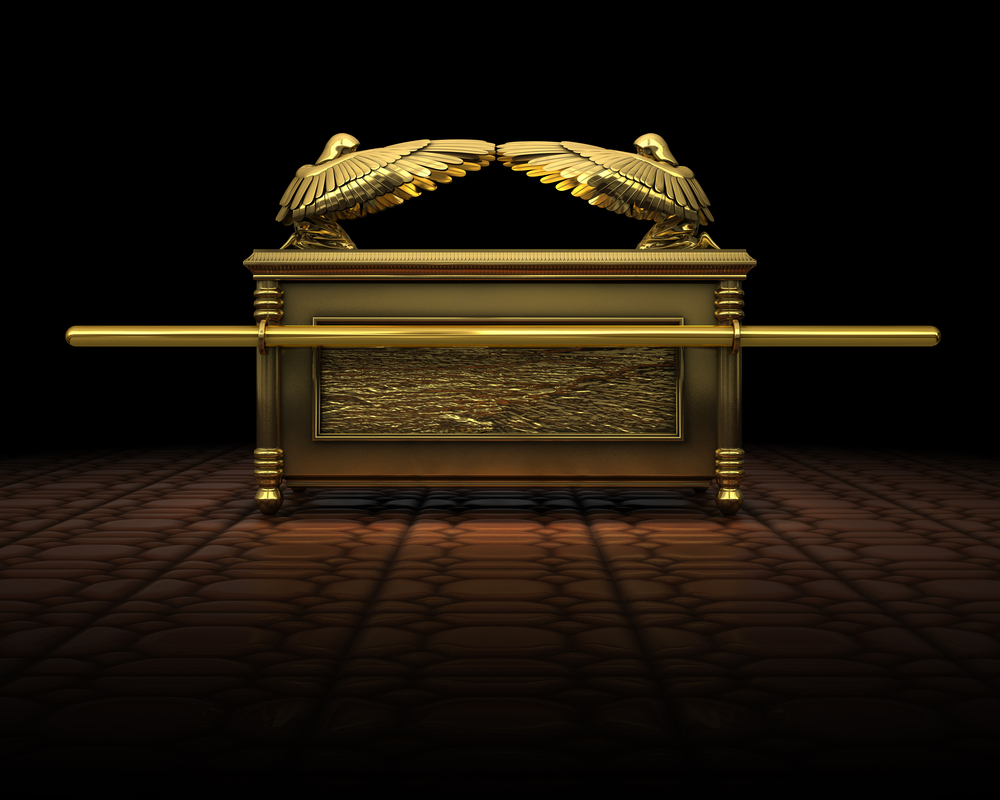
The missing gilded wooden Ark of the Covenant has fascinated adventurers, historians and Hollywood filmmakers for ages.
Topped with golden cherubim, this chest held the tablets of the Ten Commandments and occupied the Holy of Holies in the desert Tabernacle and the First Temple.
Babylonian invaders destroyed the Temple around 586 BCE. The list of treasures they took doesn’t include the ark. Most likely it had been hidden or sent away for safekeeping. By the time the Second Temple was built, nobody knew where it was.
Contrary to the Indiana Jones film “Raiders of the Lost Ark,” it has never been found. Some treasure-hunters believe it’s sealed in a Qumran cave near the Dead Sea, or that it’s far away in Ethiopia.
Others believe the Ark of the Covenant is hidden behind an ancient manmade stone wall of a cistern beneath Jerusalem’s Temple Mount. Political-religious sensitivities have kept archeologists from investigating.
You can see the mysterious wall on a guided tour of the Western Wall Tunnels. To learn more, watch the first segment of the video below.
2. Kinneret mystery mound

A stone’s throw from the baptismal site of Jesus on the Jordan River is a conical mound of stones in the Sea of Galilee (Lake Kinneret) dating from the third century BCE.
Today the mound is a convenient rest stop for summer birds, but some Christian speculators think it could have provided the platform for Jesus’ miracle of walking on water.
Prof. Shmuel Marco from Tel Aviv University believes the stones were a monument built to protect human remains, most likely constructed on land and pushed out to sea by an earthquake.
3. Galgal Refaim
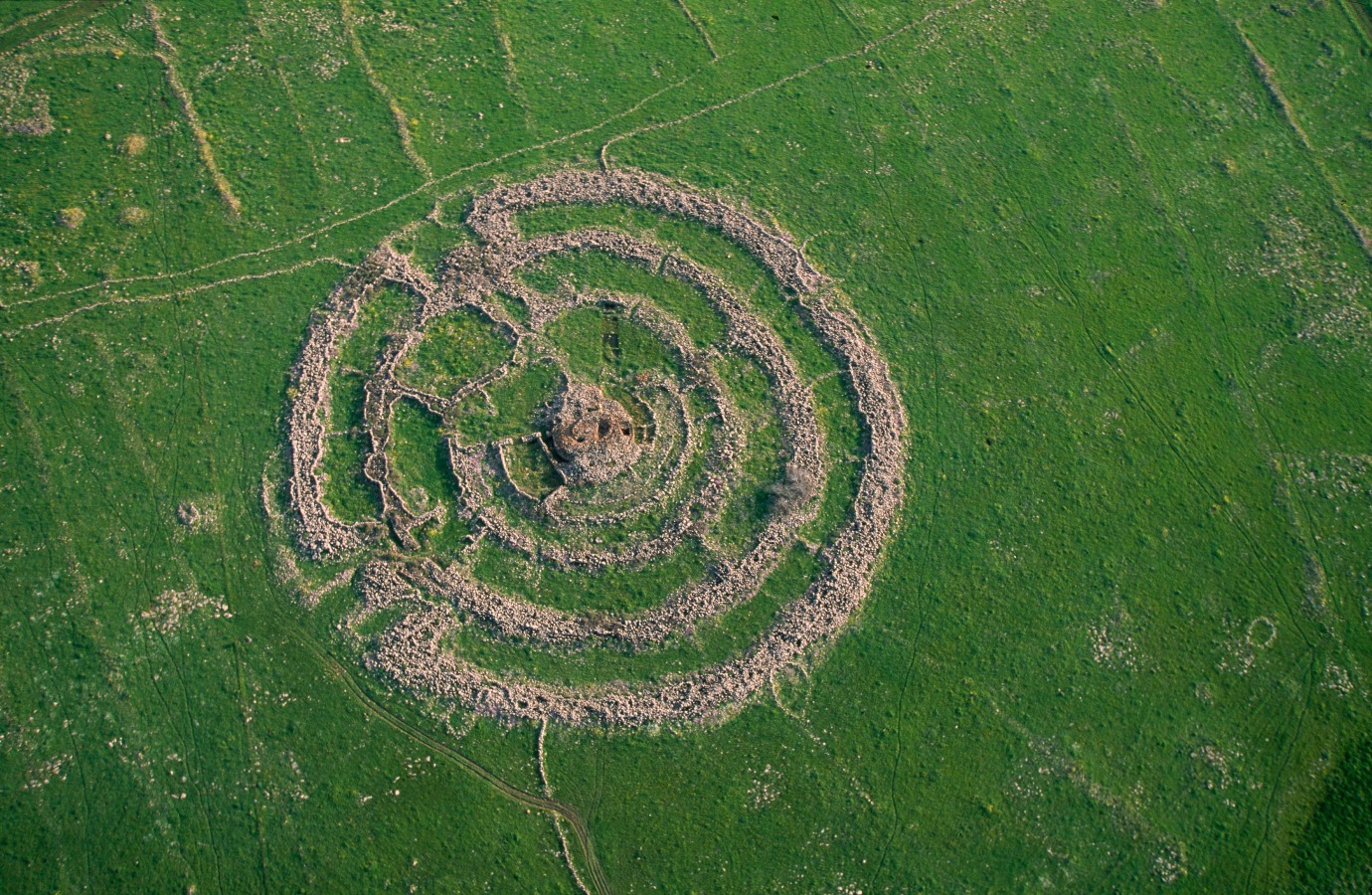
The mysterious ancients responsible for Britain’s Stonehenge could not have built Galgal Refaim (“wheel of ghosts”) or Rujm al-Hiri in Arabic (“stone heap of the wild cats”) between roads 808 and 98 in Israel’s Golan Heights.
But like the much younger Stonehenge, Galgal Refaim (also called Gilgal Refaim) is remarkable for its stone structure achieved perhaps 6,000 years ago. An estimated 42,000 tons of basalt stone are laid out in four huge concentric circles that may have reached as high as 30 feet. The prevailing theory is that it was some sort of burial complex or cultic center – or both.
4. Missing graves of the Maccabees
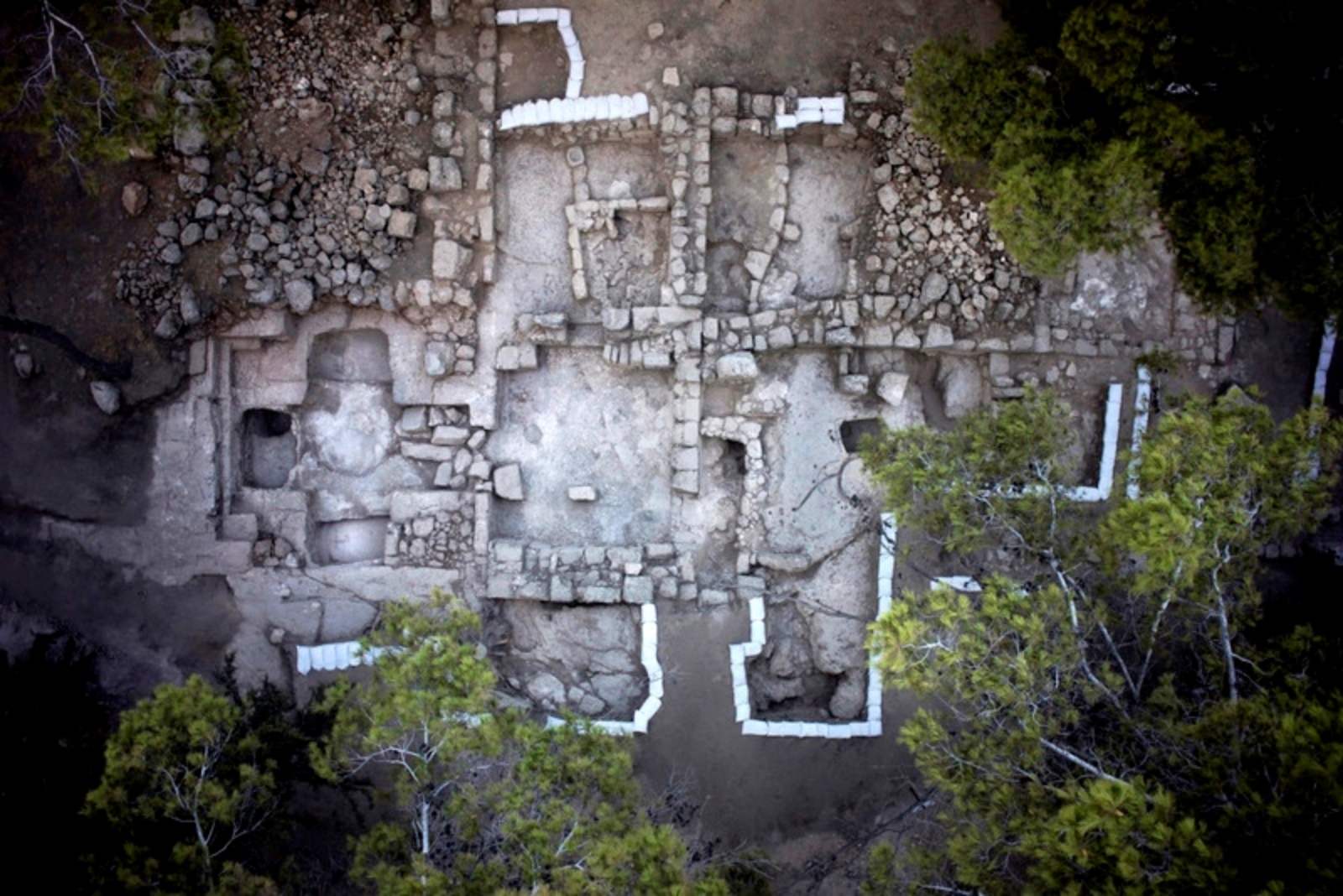
Ancient sources state that the tombs of the Hasmonean heroes of the second-century BCE Hanukkah story – Matityahu the priest, his wife and his five sons, known as the Maccabees – were marked by a magnificent pyramid structure visible from miles away.
This definitely isn’t the modern Maccabean Graves tourist site, which dates from about 500 years after the time of Matityahu.
Adventurers, archeologists and scholars searched unsuccessfully since 1866 for the real monument in the area of Modi’in, where the Maccabees lived.
And then, in 2015, Israel Antiquities Authority archaeologists reexamined a pillared structure found 150 years ago at Horbat Ha-Gardi, near the ancient location of Modi’in. It was identified as a Christian burial site from 200 years after the Maccabees. But a new theory is that early Christians intentionally chose the Maccabee graveyard as the site for their cemetery.
“If what we uncovered is not the Tomb of the Maccabees itself, then there is a high probability that this is the site that early Christianity identified as the royal funerary enclosure [for the Maccabees], and therefore, perhaps, erected the structure,” said IAA archeologists Dan Shachar and Amit Re’em.
5. Atlit-Yam
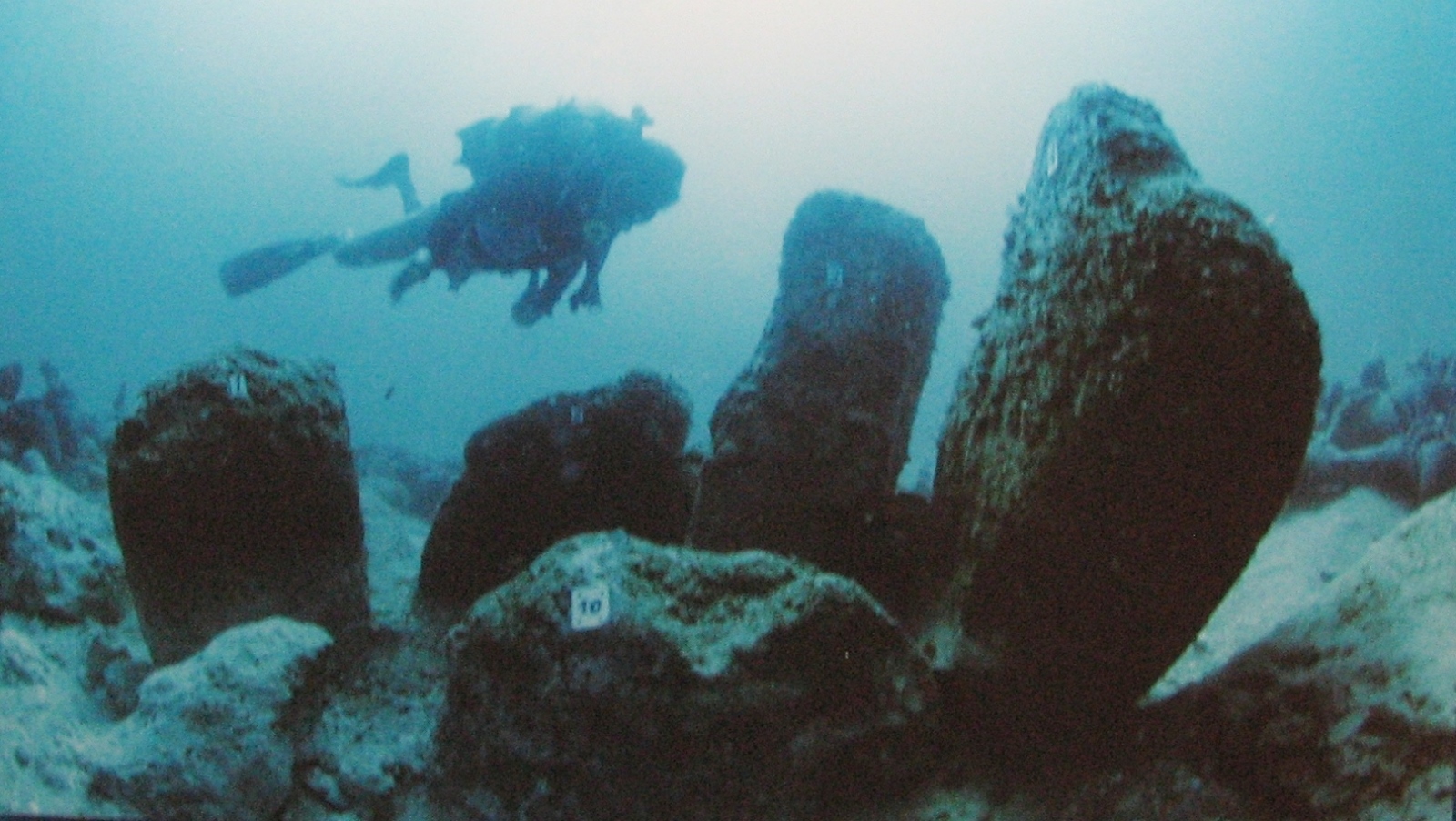
Was this Israeli version of Atlantis washed away in Noah’s flood? Overtaken by a prehistoric tsunami or glacial meltdown?
It is not clear how the Late Neolithic-era Atlit-Yam village, some 400 meters off the shore between Atlit and Haifa, got submerged.
Discovered in 1984 during an underwater archeological survey, Atlit-Yam was hailed as the largest and best-preserved prehistoric settlement ever uncovered off the Mediterranean coast. The 8,500-year-old village contains rectangular and round structures, 65 human skeletons, seeds of wheat, barley, lentils and flax, and thousands of fish and animal bones.
6. Loaves & Fishes mosaic

Did ancient artisans depict Jesus’ Feeding the Multitude miracle in a mosaic unearthed last year in the Burnt Church of Hippos east of the Sea of Galilee?
The colorful mosaic includes geometric patterns and depictions of birds, fish and fruit along with 12 baskets, some containing loaves.
“There can certainly be different explanations to the descriptions of loaves and fish in the mosaic, but you cannot ignore the similarity to the description in the New Testament,” said Michael Eisenberg, head of the multinational excavation team in Hippos on behalf of the Institute of Archaeology at the University of Haifa.
While early Christian tradition placed the miracle at the site of the fifth-century Church of the Multiplication on the northwest of the Sea of Galilee, Eisenberg says that a careful reading of the Gospels indicates it could have taken place north of Hippos. Perhaps continuing excavations in Hippos National Park will uncover additional clues.
7. Jesus’ family tomb… or not
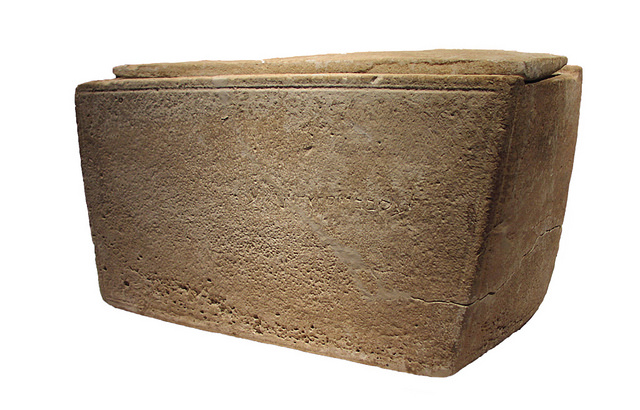
An Israeli collector bought a limestone bone box, or ossuary, dating from the early Common Era, 31 years ago from an Arab antiquities dealer. The ossuary got international attention because it bears the Aramaic inscription “James, son of Joseph, brother of Jesus.”
The Israel Antiquities Authority charged that the collector forged the “brother of Jesus” part of the inscription. Following a seven-year trial, he was acquitted by a Jerusalem court in 2012 and got to keep his treasure. But scholars continue to debate the inscription’s authenticity.
8. The case of the decorated dolmen
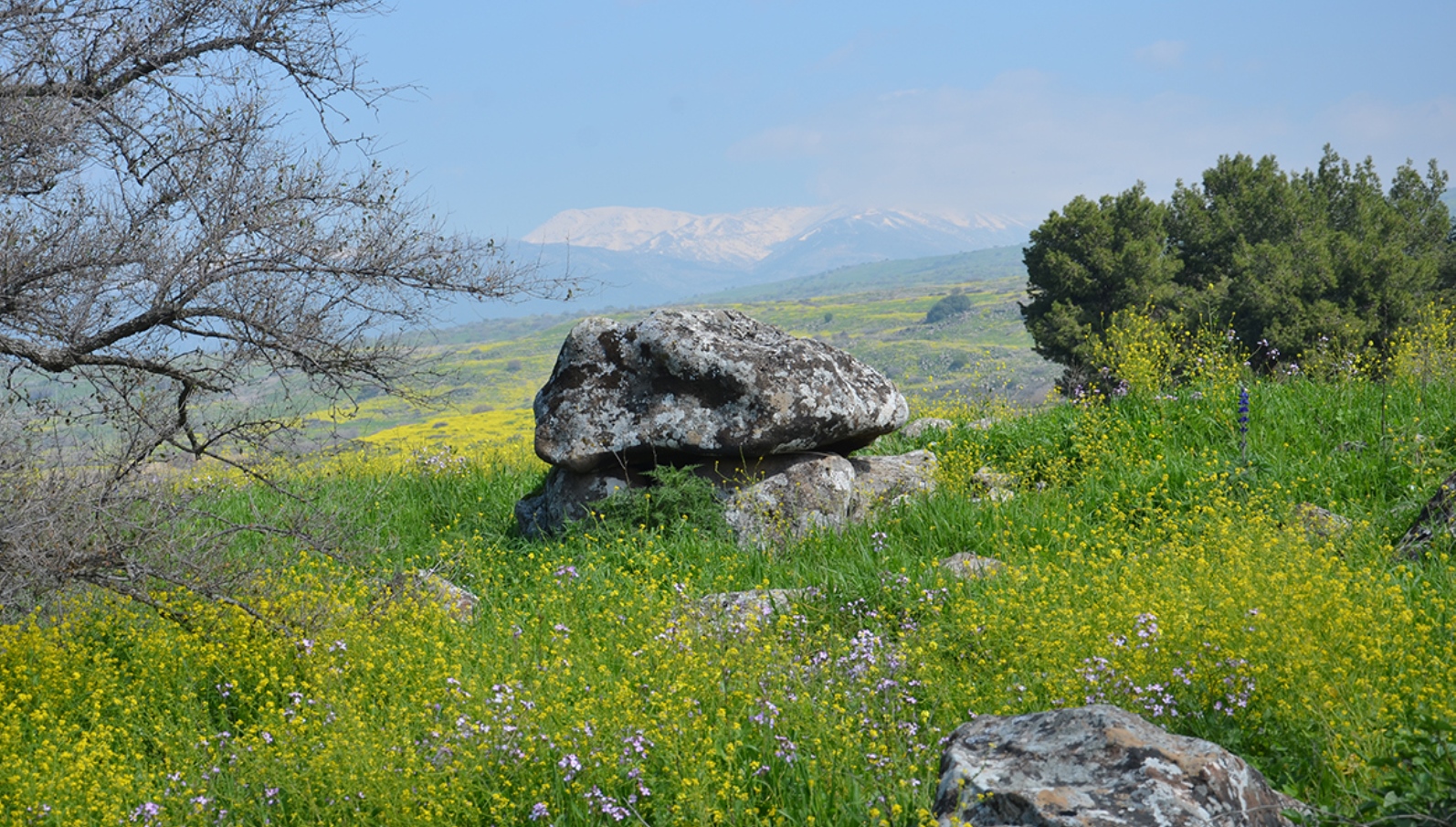
In 2017, archaeologists from Tel Hai College, the Israel Antiquities Authority and the Hebrew University of Jerusalem discovered a huge dolmen (a large table-like stone structure) estimated to be more than 4,000 years old.
The rare find was made in a large field of 400 Bronze-Age dolmens adjacent to Kibbutz Shamir in the Upper Galilee. This particular dolmen is unique for its unusual size, the structure surrounding it and especially the artistic decorations engraved in its ceiling.
“This is the first art ever documented in a dolmen in the Middle East,” said Uri Berger, an archaeologist with the Israel Antiquities Authority and a partner in the study.
The engraved shapes depict a straight line going to the center of an arc. About 15 such engravings were documented on the ceiling of the dolmen, spread out in a kind of arc. No similar rock drawings have been found in the Middle East, and their significance is not known.
Nor do archeologists know the circumstances surrounding the construction of the dolmens, the technology used or the culture of the people who built them.
9. Zedekiah’s Cave
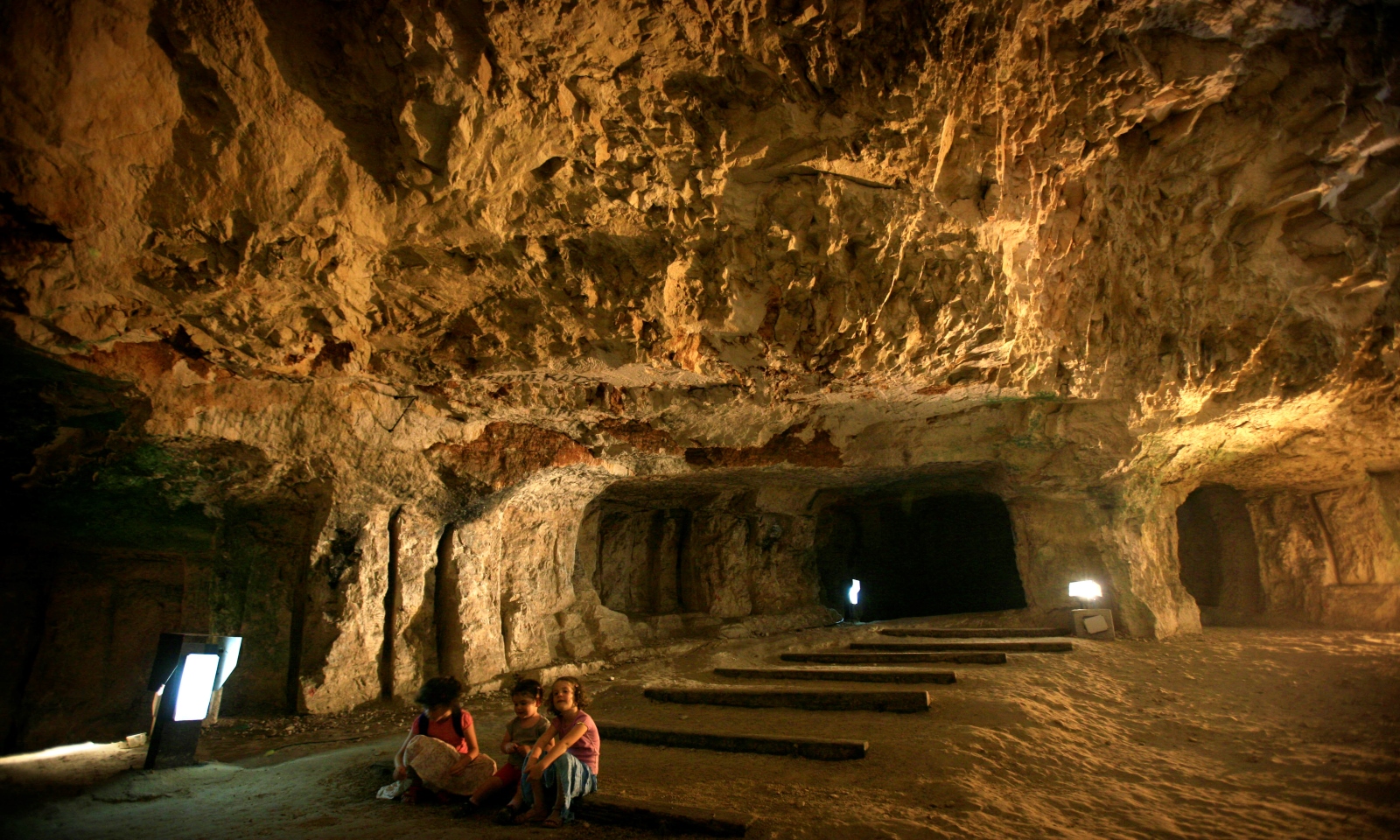
This quarry under the northern wall of Jerusalem’s Old City lay buried for more than 300 years until, in 1854, an American missionary’s dog dug through dirt near the wall and disappeared through an opening.
Legend has it that this was the cave through which biblical King Zedekiah unsuccessfully attempted to flee Jerusalem when the Babylonians conquered the city in 586 BCE.
The cave’s other nickname is Solomon’s Quarry. The Freemasons of Israel hold an annual secretive ceremony here as they consider King Solomon the original freemason. But it’s more probable that stones cut here were used for the fourth-century BCE Second Temple of Herod rather than Solomon’s ninth-century First Temple.
Adding to the cave’s allure, in 1968 a Jerusalem resident claimed his grandfather had buried three cases of gold in Zedekiah’s Cave. He offered a quarter of the loot to the government if it would finance a dig. Nothing was found.
10. Masada: fact, fiction or fusion?
The Roman historian Josephus recorded an epic story about a band of nearly 1,000 Jews who moved to an old Herodian fortress (metzada in Hebrew) on a mountaintop near the Dead Sea and bravely held off the conquering Roman Legion from 73-74 CE, ultimately choosing suicide over captivity.
Masada National Park, a UNESCO World Heritage Site, is one of the most popular tourist sites in Israel and has come to symbolize courage in the face of persecution.
You can still see the outlines of the Roman encampment at the bottom of the mountain. However, archaeological evidence of the episode is slim: pottery sherds bearing the names of 12 Jewish men, and 28 skeletal remains.
What happened to the others? Did only some of the rebels take their own lives? Were the other bodies stolen? Perhaps the entire story was concocted or embellished by Josephus to glorify the Roman Empire?
We may never know… but the mystery only makes Masada even more intriguing to visit.


